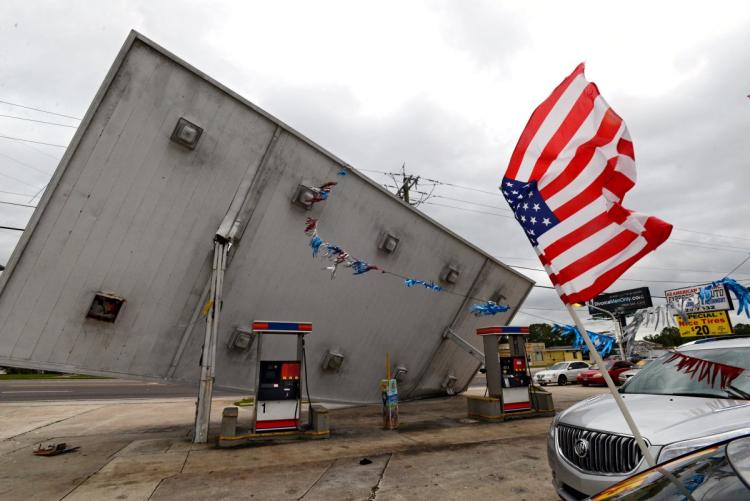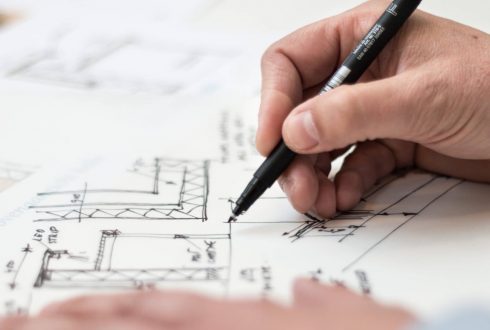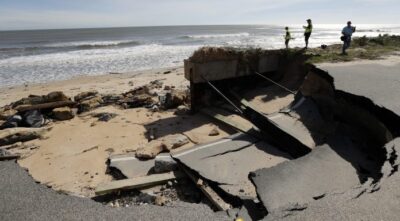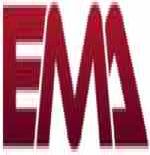- Houston: (832) 548-3972,.... New Orleans: (504) 233-8959......Daytona: (321) 355-6052
- Contact@EMAengineers.com
- Mon - Sat: 9:00AM - 6:00PM
structural engineers orlando, tampa
structural engineers orlando, tampa
Structural Damage Inspections. CALL: [9lO) 408-2537
Structural damage inspections to residential and commercial buildings are performed by EMA engineers inwilmington North carolina. North carolina Fayetleville NC: New O|leans. Lafayette. Morgan City, Baton Rogue, Louisiana 8. Houston Texas. Our Licensed PE Engineers can provide s111ic11Jral damage inspections for the following cases
Structural Damage inspections of Foundation
Structural damage inspections of masonry
Structural damage inspections for concrete 8. steel structures
structural damage roof& building inspections
Project construction Structural inspections.
Hurricane damage structural Inspections
Quality Assurance Structural Inspections
Structural damage inspections
Fire Damage Structural inspections
Residential/commercial Structural Inspections
Structural Sinkhole Inspections
Structural Damage Inspections
STRUCTURAL DAMAGE INSPECTIONS OF RESIDENTIAL & COMMERCIAL BUILDINGS. CALL TO SCHEDULE: (910) 408-2537

Hurricane related forensic damage Inspections
Hurricane related Wind Damage Inspections
Forensic damage inspections of Schools and other facilities
Forensic damage inspections to roofs and buildings due to fallen trees
Structural Framing Inspections
Structural Shoring Inspections
Forensic Damage Inspections To Roofs & Buildings
Structural forensic damage inspections are performed for insurance industry and adjusters to determine the cause, origin and damage to the roofing elements as a result of high winds, hail and other hurricane related issues. No roof system can be expected to give long term performance without some attention and maintenance. Too frequently, roofs are forgotten until a leak develops. Most problems begin in a small way and if iett undetected, develop into a more expensive need for repairs. or in the extreme, need replacement ofthe roof.
Roof damage Inspections consists of the following elements:
Infrared Inspection: To pinpoint and identify moisture within the roof mat.
Roof Moisture Verification: infrared roof testing is perfom’|ed to verify areas of moisture.
Observations and Findings: Results of the investigation.
Drawings: Location of inirared findings of additional suspected moisture.
Observations and Findings: Results of the investigation.
Drawings: Location of im’rared findings of additional suspected moisture.
The summary of infrared analysis and thermograms correspond to areas shown on drawings.
EMA Structural Forensic Roof Inspections Techniques include


Principles of Infrared
With the Infrared Thermography, roofs can be scanned with a highly sophisticated infrared camera to detect and accurately map sub-surface moisture, thereby determining whether a portion or all the roof requires replacement. Unlike other non—destructive techniques. infrared thermal scanning assesses every square inch of the roofing including vertical flashing. This results in a comprehensive view of the roofs condition with the possibility of error minimized.

Thermography or Infrared Scanning is based upon the ability of a specialized infrared camera to detect variations in temperature radiating from the roof surface and to convert them into an electrical signal which is displayed instantaneously as a video heat image called a Thermogram. The difference in tones (black to white) denotes variations in the roofs surface temperature of l].2 degrees Centigrade, and is influence by the moisture content.
Every object whose surface temperature is above absolute zero [-273 degrees C.) radiates electromagnetic energy which is a function of its surface temperature. The intensity of this radiation vaiies along the wave lengths of the electromagnetic spectrum from visual to the infrared ranges. Using a highly sensitive, real time infrared imaging system. it is possible to observe, qualify and record the thermal picture of the object whose temperature is between -20 and +2000 Degrees C. The sensitivity of the equipment is such that it is capable of detecting temperatures between two given surfaces to an accuracy of .2 Degrees C. at an ambient temperature of 30 Degrees C. The heat picture, known as a Thermogram, is composed of a gray scale with continuous contrast ranging from black to white. Areas of higher temperature appear lighter while areas of lower temperature appear darker.
Technical Approach
When an abnormality on a Thermogram is identified as wet, (usually noted as a darker colored area). it is marked with paint and is photographed for future reference. The location of this area of subsurface moisture is noted on the roof map which accompanies the report. Findings were not confirmed by further tests.Under a clear sky during the day, the roof acts as a large them’|al collector and can approach 160 degrees Fahrenheit. Insulation laden with sub-suriace moisture absorbs this radiation and acts as a reservoir to regenerate the heating of the membrane alter the solar affect has dissipated. The affect of wet and dry material on the surface temperature of the roof is also a result of emissive cooling of the roof surface as much as 15 degrees Centigrade below ambient. In cooler weather. the introduction of moisture reduces the R-value ofthe assembly producing thermal bridges. These thermal bridges are localized warm zones which also produce images on the Thermogram.
Characteristicts of Moisture in Roofing.
Infrared techniquesin stiuctural damage inspections of building and roofs pinpoint the moisture entry points from the interior. exterior, or from roof leaks. The absorption characteristics of various types of building materials are of particular interest. With porous material. moisture generally penetrates from the surface down; the greatest amount of water is found near the surface traveling along and dispersing into the porous material. In colder regions a potential condensation problem exists. The insulation is often protected by a vapor barrier located as near as practical to the warm side. As long as the vapor barrier is maintained at a temperature above the dew point, condensation can be completely forestalled. lfwater vapor can penetrate into the roof because ofa poorly installed vapor barrier. it will migrate to the cold face, condense and often. be absorbed by the insulation or other absorbent materials.
the surface down. The greatest amount of water is found near the surface traveling along felts and dispersing into the insulation. The quantity of moisture, its form, and location within the assembly, and the water The characteristics ofvarious types of roofing materials raises a similar interest. Different roofing materials have varied moisture absoiption characteristics. With porous material, moisture generally penetrates fro‘ absorption.
Interpreting Thennograms
A Infrared Thermogram is a “temperature picture“ of an object. Unlike ordinary photographic equipment that responds to visible light, the infrared camera responds only to invisible heat radiation. The resulting image produced on the display unit resembles the object in black and white with shades of gray. The whiter an object appears. the hotter it is. Conversely. the darker the cooler. In the color mode. the object being inspected with infrared equipment will show the warmest areas in white progressing through the spectrum to the coldest areas in blue.The sensitivity of the Thermographic equipment is such that temperature difference of as little as 0.2 degrees Centigrade. at an ambient temperature of 30 degrees Centigrade. is sensed.
